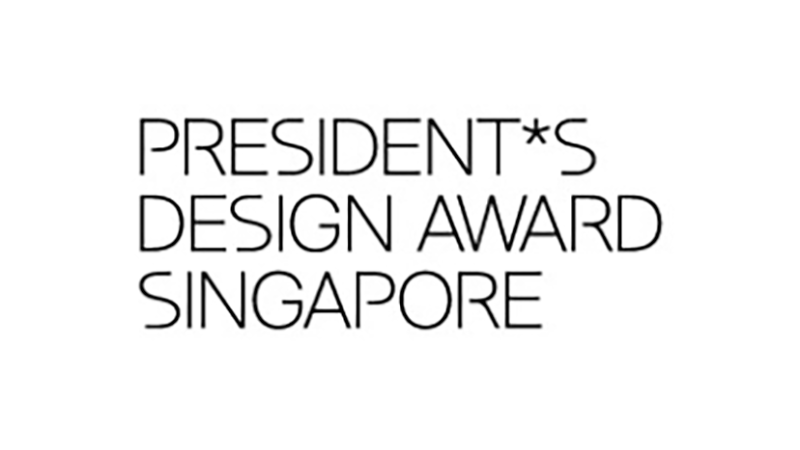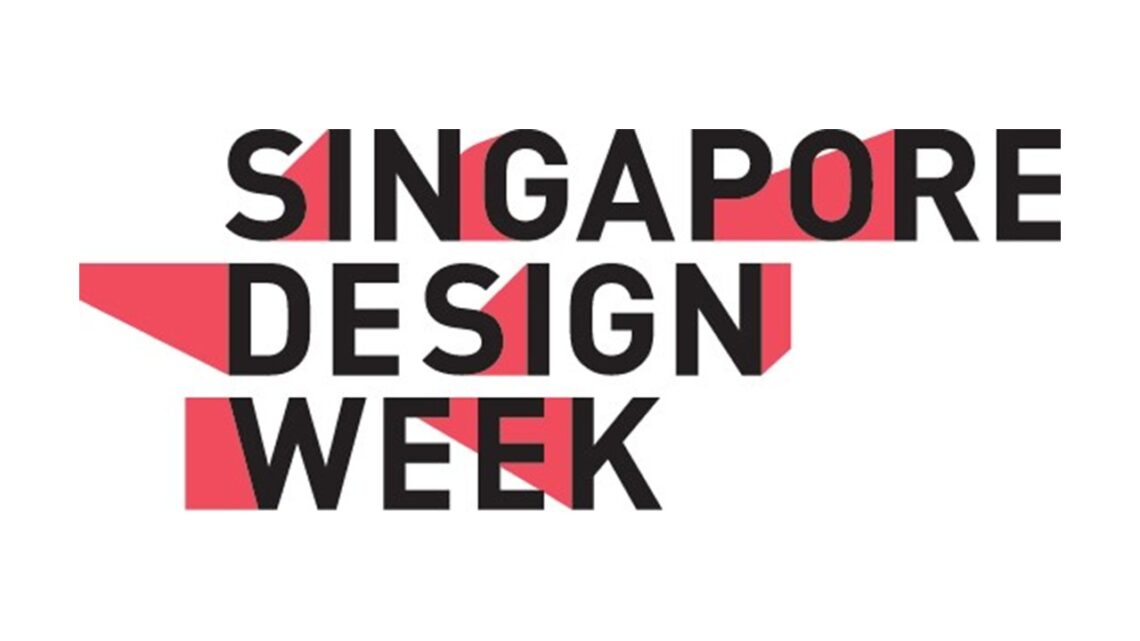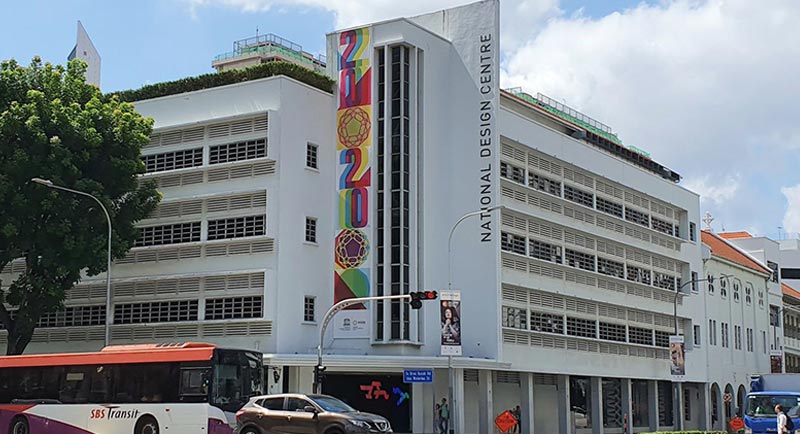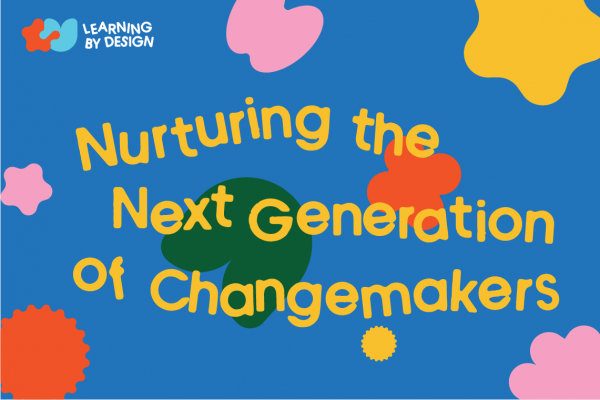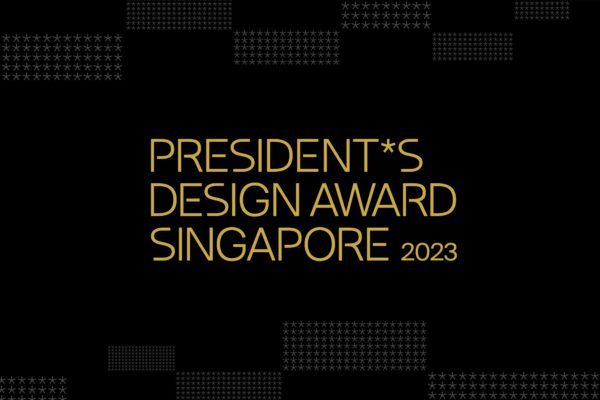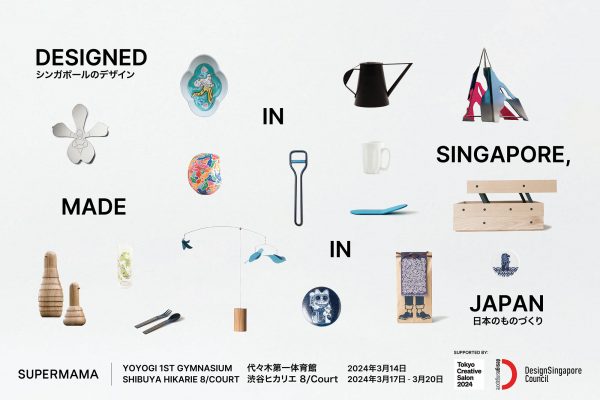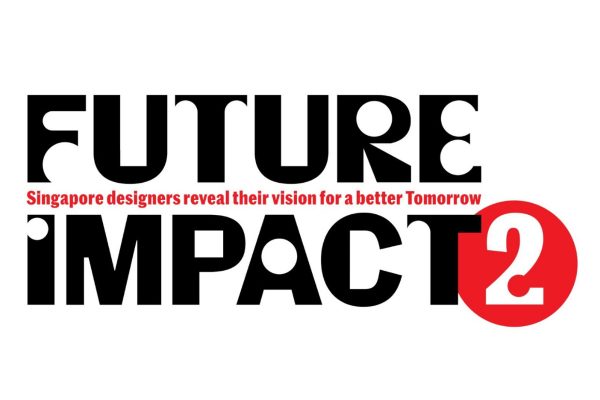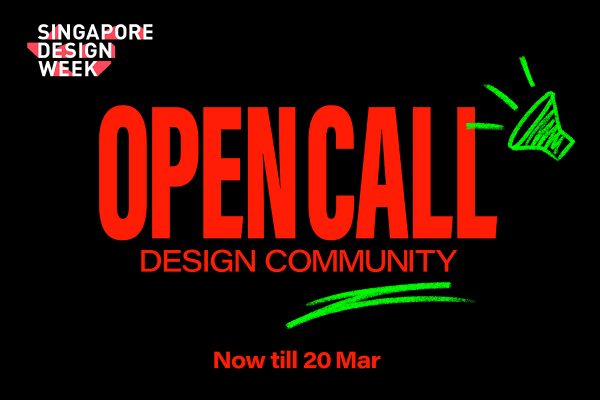
By ROBERT HORN March 6, 2019
Inclusion: It’s a worthy concept to encourage political participation, improve economic policy, and make life fairer in myriad other ways. But in the field of design, inclusion can be a source of innovation, too, according to Kat Holmes, director of UX Design at Google.
“How we practice inclusive design shapes us as leaders, designers, and engineers in the world,” Holmes, the author of Mismatch: How Inclusion Shapes Design, told an audience Wednesday at Fortune’s Brainstorm Design conference in Singapore.
Too often, Holmes said, designers create without taking into account the wide variety of possible end users. The result is all too often a mismatch—a product or service that some people can use, but that others cannot. That approach affects everyone. “We all experience exclusion in more ways than one,” Holmes said.
Holmes cited video game controllers as an example of inclusive innovation in design. Not long ago, all of the devices required gamers to use their hands. They were designed by people who Holmes describes as having an “ability bias.” Most of us have that type of bias, she noted. One gamer, however, was unable to use his hands. So his response was to innovate. He designed a controller that he could operate with his voice. That voice technology is now a feature available on a number of products.
Others face different challenges. One astronomer was progressively losing her sight. Rather than abandon her research, she applied a technology called “sonification” that allowed her to use astronomical equipment so she could listen to the stars she could no longer see and analyze them through their sounds. Today, many astronomers are using sonification alongside visual and other analyses to increase our understanding of the cosmos.
Holmes urged designers to make five considerations for what she calls the “circle of inclusion”: What we make; why we make; who makes it; how it’s made, and who uses it.
The key is to begin recognizing what types of exclusion turn up at each point in the circle, Holmes said. She urged designers to ask who experiences that exclusion, who faces the greatest degree of exclusion, whose voices are missing from our feedback channels, and how do we bring them into the design process.
“Inclusion doesn’t mean you are designing one thing for all people,” she said. “It means you are designing in a variety of ways so more people can participate.”
Because if more people can participate thanks to inclusively designed products and services, the world—in business and in life—will be better for it.
This article was originally published on
Fortune
